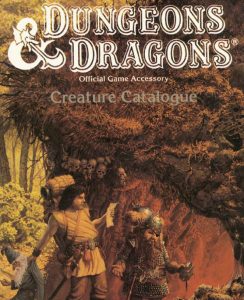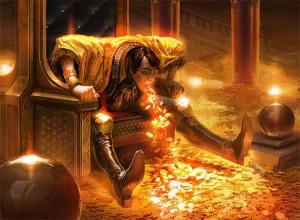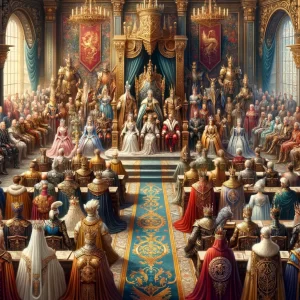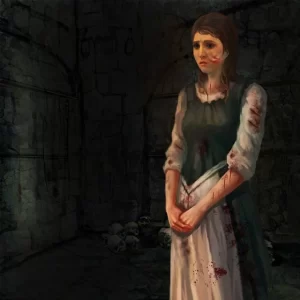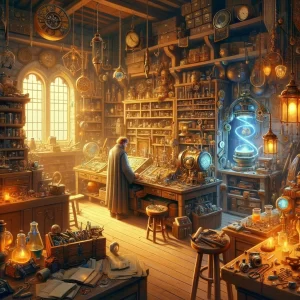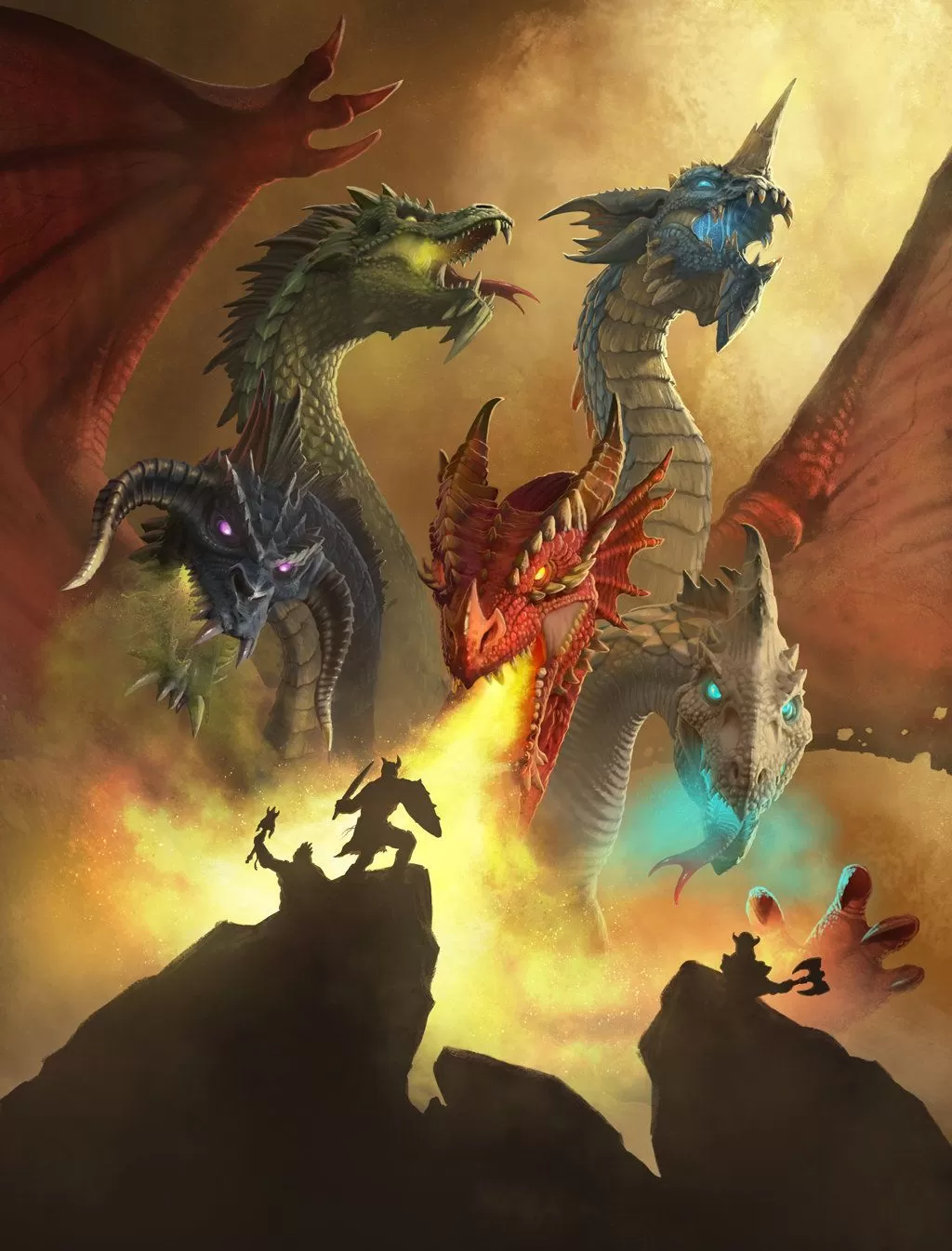
Tiamat is a primordial goddess in the ancient Mesopotamian religion, originating from the Babylonian creation myth, the Enuma Elish, which is written in the cuneiform script on seven clay tablets and dates back to the 7th century BCE. While the length of this introduction may limit an exhaustive study of Tiamat, it will nevertheless aim to provide a comprehensive exploration of this fascinating figure, delving into her myth, iconography, symbolism, and influence on later cultures and religions.
In the Enuma Elish, Tiamat is depicted as a primordial goddess of the salt sea, mating with Apsû, the god of fresh water, to produce younger gods. She is the symbol of the chaos of primordial creation, related to the earlier Sumerian goddess Nammu, a goddess of the primeval sea. Tiamat and Apsû personify the cosmic abyss filled with primal energies which predate the original gods. As the Babylonian creation myth begins, these young gods significantly annoy Apsû, who wishes to destroy them, causing a conflict that sets the stage for a profound mythological drama.
Tiamat, who was initially portrayed as a nurturing and protective figure, transforms into an embodiment of chaos and a monstrous figure after Apsû's murder by the god Ea. Distraught and enraged by her mate's death, she creates an army of monsters and appoints her son, Kingu, as their commander to wage war against the younger gods. This shift in her character represents a dichotomy found in many early goddess figures, where the goddess of creation also becomes an agent of destruction when disrespected or threatened.
Tiamat's clash with the younger gods, particularly with the storm god Marduk, the hero of the Enuma Elish, forms the climax of the story. Marduk proposes to the gods to single-handedly battle Tiamat in exchange for sovereignty over them. They agree, and Marduk, armed with the winds and an unerring arrow, confronts Tiamat. He traps her with the winds, shoots her with the arrow, and then splits her body in half like a shellfish, creating heaven and earth. Marduk's triumph symbolizes the moment of creation, where order is formed out of chaos.
Iconographically, Tiamat has been depicted in various ways, demonstrating her multi-faceted character. Early interpretations present her as a serpent or dragon, while others depict her as a woman, a sea, or even as a series of chaotic forces. Her monstrous forms likely have roots in her portrayal in the Enuma Elish, where her transformation is metaphorical of her emotional state rather than being representative of her actual form.
Symbolically, Tiamat embodies primordial chaos, the unpredictable and the destructive. She is a reminder of the latent chaos that lies beneath the world's ordered surface and which can re-emerge at any time. This duality reflects the ancient Mesopotamian understanding of the world's essential nature, where chaos and order are interconnected, and either can prevail under the right circumstances.
Furthermore, Tiamat can be seen as a symbol of female power. She embodies the earth and the heavens, creation and destruction, nurturing, and revenge. She is both the womb that gives life to the younger gods and the force that threatens to destroy them. Through Tiamat, we can glimpse the Babylonian perspective of the divine feminine, capable of bestowing life, yet holding within it the power to withdraw that life.
Tiamat's influence extends into later cultures and religions. She is found in various forms in Canaanite, Hebrew, and Greek mythologies, with parallels drawn between Tiamat and figures like Leviathan from the Hebrew Bible or the Greek chaos monster, Typhon. Notably, her battle with Marduk shares similarities with the Hittite-Hurrian myth of the sky god slaying the dragon Illuyanka, suggesting common mythological themes in the ancient Near East.
Modern interpretations of Tiamat can be found in literature, games, and popular culture. In the realm of fantasy, particularly in the role-playing game Dungeons & Dragons, Tiamat is a powerful dragon queen. Her name is also given to the hypothetical protoplanet that is theorized to have collided with Earth approximately 4.5 billion years ago, leading to the formation of the Moon, in reference to her association with creation and destruction.
Tiamat is a complex figure embodying creation, destruction, chaos, and female power. Her story, though ancient, resonates with themes found in many cultures and religious traditions, and her influence continues in contemporary literature and popular culture. She remains a potent symbol of the primordial chaos underlying the ordered world and the dual nature of the divine feminine. Despite the ferocity of her myth, or perhaps because of it, Tiamat's legacy has endured through the millennia, demonstrating the timeless allure of the cosmic battle between order and chaos.

